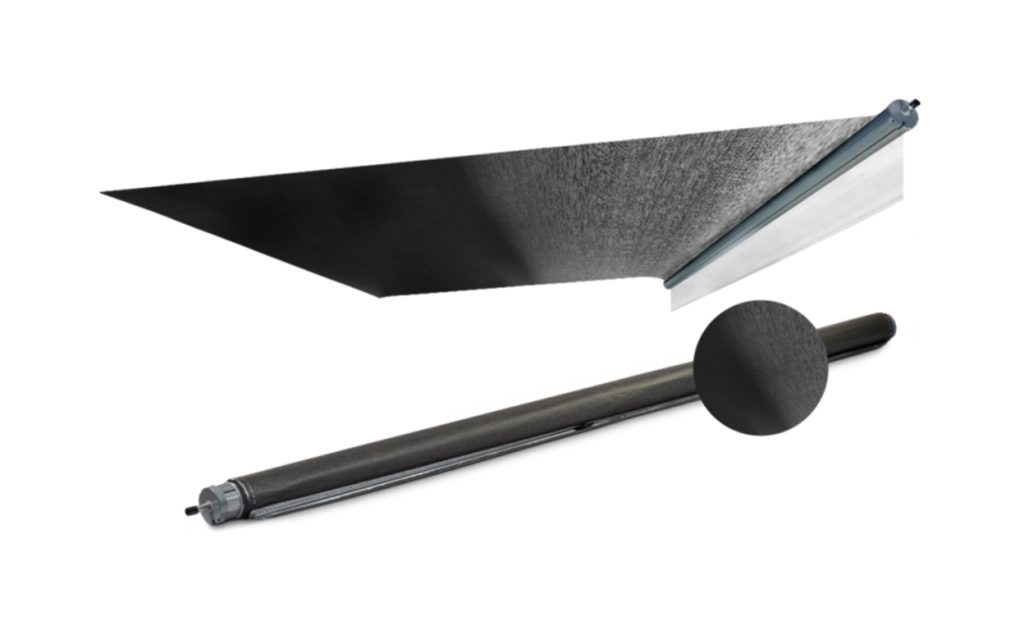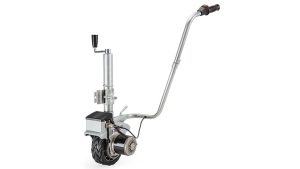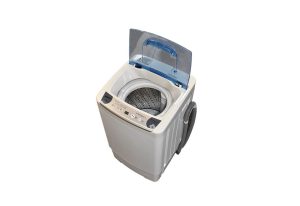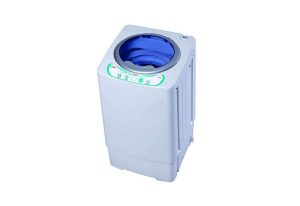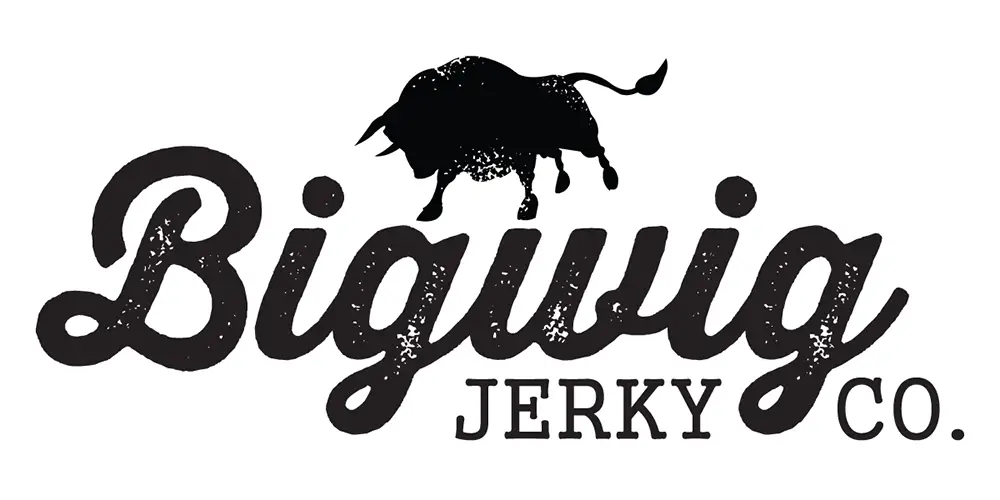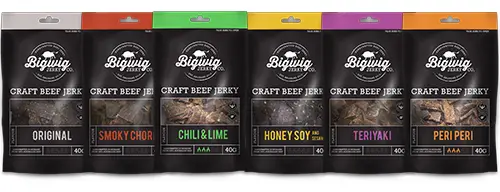When it comes to enhancing your caravan camping experience, a caravan awning can be a valuable addition. A caravan awning provides extra living space, shade, and protection from the elements, allowing you to make the most of your outdoor adventures. But have you ever wondered what exactly a caravan awning is made of? In this article, we will explore the materials commonly used in the construction of caravan awnings.
Awning Frame Materials
The frame of a caravan awning is responsible for providing structure and support. There are several materials used for the frame, each with its own set of advantages and considerations.
Steel
Steel frames are durable and sturdy, capable of withstanding harsh weather conditions. They provide excellent stability and can handle heavy loads. However, steel frames can be heavier and more challenging to set up compared to other materials.
Aluminum
Aluminum frames are lightweight, making them easier to handle and set up. They also offer good stability and durability. Aluminum is resistant to corrosion, making it ideal for outdoor use. However, aluminum frames may be more expensive compared to steel.
Fiberglass
Fiberglass frames are lightweight and flexible, making them easy to transport and set up. They are corrosion-resistant and provide excellent strength. However, fiberglass frames may be more prone to damage if not handled carefully.
Awning Fabric
The fabric used for the main body of a caravan awning is crucial for providing shelter and protection. Various materials are available, each offering unique properties.
Polyester
Polyester is a popular choice for caravan awning fabric. It is lightweight, durable, and offers excellent resistance to water and UV rays. Polyester fabrics are also relatively affordable and easy to maintain. They can provide sufficient protection from light rain and sun.
Acrylic
Acrylic fabrics are known for their breathability and resistance to fading. They offer better insulation, keeping the interior cooler in hot weather and warmer in cold conditions. Acrylic fabrics are also water-resistant and provide good protection against UV rays. However, they can be more expensive compared to polyester.
PVC
PVC (Polyvinyl Chloride) fabrics are highly durable and completely waterproof, making them ideal for harsh weather conditions. They offer excellent protection against rain and wind. PVC fabrics are also easy to clean and maintain. However, they may not be as breathable as other materials and can be heavier to handle.
Additional Features
Caravan awnings often come with additional features to enhance functionality and convenience. These features may be made of different materials depending on their purpose.
Zippers and Fasteners
Zippers and fasteners are commonly used to attach and secure the awning to the caravan. They are usually made of durable materials like nylon or metal to ensure reliable and long-lasting performance.
Poles and Pegs
Poles and pegs are essential for setting up the awning. They provide stability and support. Poles are typically made of steel, aluminum, or fiberglass, while pegs are usually made of sturdy materials like steel or plastic.
Windows and Doors
Many caravan awnings feature windows and doors to allow natural light and ventilation. These components may have frames made of aluminum or plastic, while the windows themselves are often made of transparent materials like PVC or clear vinyl.
In conclusion, a caravan awning is made up of various materials carefully chosen to provide durability, functionality, and protection from the elements. The frame materials determine the strength and stability of the awning, while the fabric choice determines its resistance to water, UV rays, and overall comfort. Additional features like zippers, fasteners, poles, and pegs are crucial for the setup and usability of the awning. Understanding the materials used in caravan awnings can help you make an informed decision when choosing the right one for your camping adventures.

